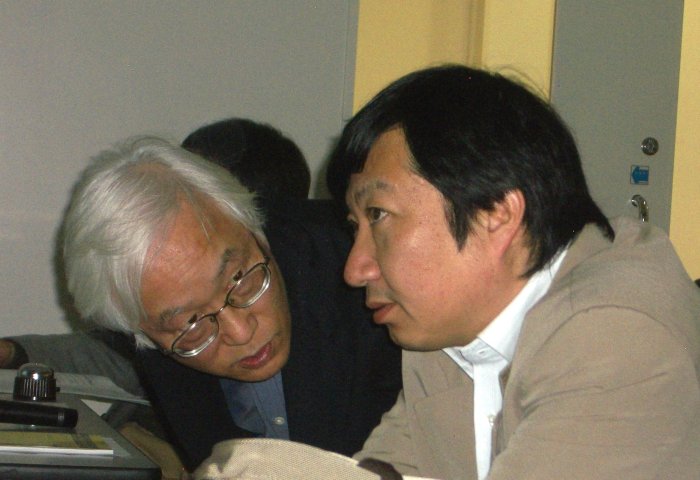Director's Corner
3 April 2008
 Barry Barish |
The ILC in Osaka
Last week, the 63rd Annual Meeting of the Physical Society of Japan was held on the Kinki University campus in Osaka, where I participated in a special symposium dedicated to the International Linear Collider. This was an important opportunity to expose our motivations, plans and progress towards a linear collider to colleagues from other fields of physics. The session consisted first of an introductory set of talks by Sachio Komamiya, Sakue Yamada and myself, followed by a set of more specialised talks on the accelerator and detector R&D programmes.
Sachio Komamiya introduced the session by presenting a very general review of the energy frontier and the complementary roles of hadron and electron machines. He said that many of “the outstanding problems of particle physics could be solved by direct measurements at the energy frontier colliders: by examining first the Large Hadron Collider results and then those of the ILC.” His examples included the Higgs, the ability to study electroweak symmetry breaking and the structure of the vacuum, as well as the possibility to study supersymmetry.
Sakue Yamada in his introductory talk described the goals and challenges for ILC detectors and the programme to develop their techniques and designs. Much of the technology developed for detectors has broader applications.
The introductory talks were followed by two more technical talks on the ILC accelerator R&D programme in Japan. Norihito Ohuchi of KEK presented the ILC R&D in Japan on the Superconducting Test Facility (STF) at KEK, which is crucial for doing systems tests on high-gradient units. This was followed by a presentation by Nobuhiro Terunuma of KEK on ATF accelerator test facility R&D where we will among other things do final focus tests. Developments on the ILD detector concept were presented by Hitoshi Yamamoto of Tohoku University, and on the SiD detector concept by Hiroaki Aihara of Tokyo University.
The energy frontier is our major laboratory to study many of the most important questions in particle physics, and for that reason, a linear collider has been confirmed as the highest priority long-term project for the field in Europe, Asia and the Americas independently. Obviously we wait for early physics results from the LHC and, keeping that in mind, we plan to be ready to propose a project once we have achieved to validate our physics case with these data. To be successful, however, we will need broad and enthusiastic support beyond our field and especially from our colleagues in other areas of physics. We must pro-actively make our case to them at meetings like the Physical Society of Japan (JPS) Annual Meeting in Japan. I believe that this one in Osaka was effective and was a good model for bringing out the excitement, the challenges and the potential of a future linear collider.
The JPS was originally founded in 1877 as the first society in natural science in Japan. It is the main organisational structure for the physics community in Japan. The presentations at the well attended ILC symposium at this year's annual meeting were a good model for explaining our goals, challenges and potential in terms of the science and the technology. I was pleased to be able to participate in this symposium and I thank my Japanese colleagues for giving me this opportunity. I look forward to participating in other future events as we develop the ILC design towards a real project and we present it to our colleagues around the globe.
-- Barry Barish


